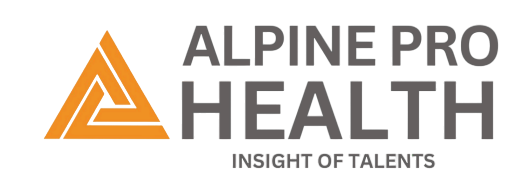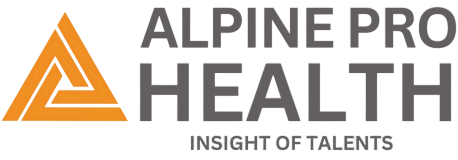The landscape of risk adjustments in health is undergoing extensive changes. These changes follow announcements by CMS and other organizations regarding payment models. The focus is on improving accuracy and fairness. This shift requires attention across three key sectors: healthcare providers, payers, and patients.
CMS Unveils V28 for Its Risk Adjustment Model Under 2024.
In March 2023, CMS rolled out the V28 model for risk adjustment. This is a very significant change from the previous model, V24. The implementation will take place over three years.
- In 2024, analysts will calculate risk scores using a blend of 67% from the current V24 model and 33% from the new V28 model.
- 2025:The calculation will adjust to 33% from V24 and 67% from V28.
- 2026: All of the risk scores would be purely by the V28 model.
Changes Due to V28 Model
Several key changes, including an enlargement of the payment HCC categories from 86 to 115, with resultant more complex nuances in patient health status:
- Improved refining of the map from ICD-10 CM to HCC: the approach of the HCC used by the new model was studied. Some elements were rectified by the cost prediction along the current clinical approaches.
- Revised coefficients now reflect updated healthcare expenditure data for different conditions.
The adjustment seeks to add value to the predictive power of medical costs and hence pay more accurately according to current health needs of a patient.
IMI: Risk Adjustment Model Update
In April 2023, the IMI, in collaboration with the University of California San Diego, published an updated version of the Chronic Illness and Disability Payment System (CDPS). State Medicaid agencies and health plans widely use the model to adjust payments based on enrollees’ health status. This update includes new data and incorporates changes in treatment patterns and technologies. It aims to enhance the accuracy of risk adjustment in Medicaid populations.
Implications for Healthcare Stakeholders:
The adoption of these new models imposes both challenges and opportunities for stakeholders:
- For Providers: Accurate and detailed documentation is more critical than ever. Providers must ensure that patient records comprehensively capture all relevant diagnoses to reflect the true health status of patients. By doing so, providers will not only ensure appropriate reimbursements but also enhance the quality of care delivered to individuals. This requires an ongoing commitment to training, awareness, and robust documentation systems to prevent underreporting of conditions.
- For Payers: Health plans should re-strategize to match the new models. This will involve investing in advanced analytics and coding solutions to optimize the risk adjustment process. The ability to understand and adapt to the revised models will enable payers to predict and manage costs more effectively. Here is the paragraph separated into multiple sentences:
- Additionally, payers must collaborate with healthcare providers to ensure that claims are submitted with the highest level of accuracy. This collaboration helps reduce the risk of over- or under-payment. It also enhances overall plan performance.
- For Patients: These changes aim to achieve fairness in healthcare financing. They ensure that resources are appropriately allocated to meet the needs of individuals with different health conditions. Patients with chronic or complex conditions will see more accurate representation of their health needs in the payment model. This could result in better care coordination and more targeted treatments. As a result, patients should experience improved access to necessary healthcare services. This will help to improve their overall health outcomes and quality of life.
All stakeholders should stay vigilant to the developments and adapt proactively as the healthcare industry evolves to incorporate significant updates in risk adjustment models. This proactive approach will help ensure that every segment of the healthcare system remains aligned. It will also ensure that the system remains responsive to the evolving needs of the population. This includes providers, payers, and patients. The successful implementation of these new models will not only improve payment accuracy. It will also contribute to a more equitable and efficient healthcare system overall.This is emphasized by Alpine Pro Health.


